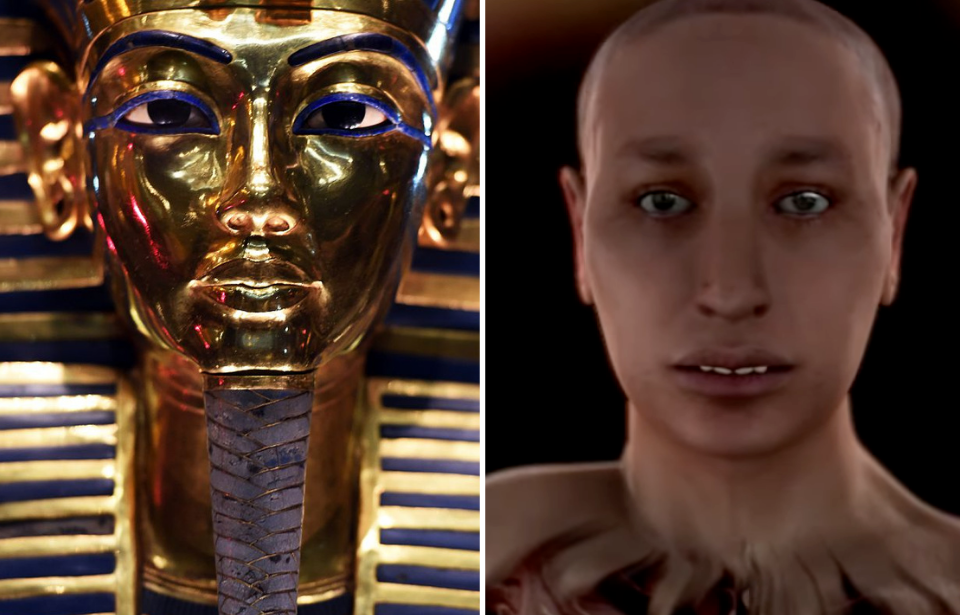Technology is a truly fantastic thing because it allows us to look back at cultures of the past. We often see paintings and artistic interpretations of famous historical figures, but new technology allows us to see what people of the past truly looked like.
1. Yde Girl
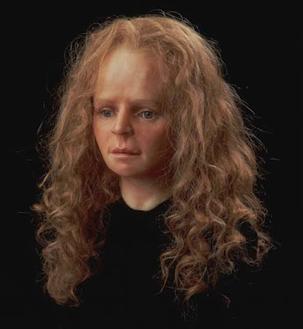
The body of the Yde Girl was extremely well preserved when she was first discovered in a bog near the village of Yde, Netherlands, in May 1897. It took nearly a century for officials to get answers about this mysterious 2,000-year-old mummy.
The investigation revealed that the Yde Girl was a 16-year-old girl who had died between 54 B.C.E and 128 C.E. She suffered from a severe case of scoliosis and was only four and a half feet tall. This fact led some scholars to believe that she might have been killed in a ritual sacrifice.
In 1992, forensic expert Richard Neave reconstructed the Yde Girl’s face. When she was found, she had strikingly red hair, but experts found that the Yde Girl probably had blonde hair during her life. The red hair coloring came from the peat bog she was found in.
2. Lord of Sipán
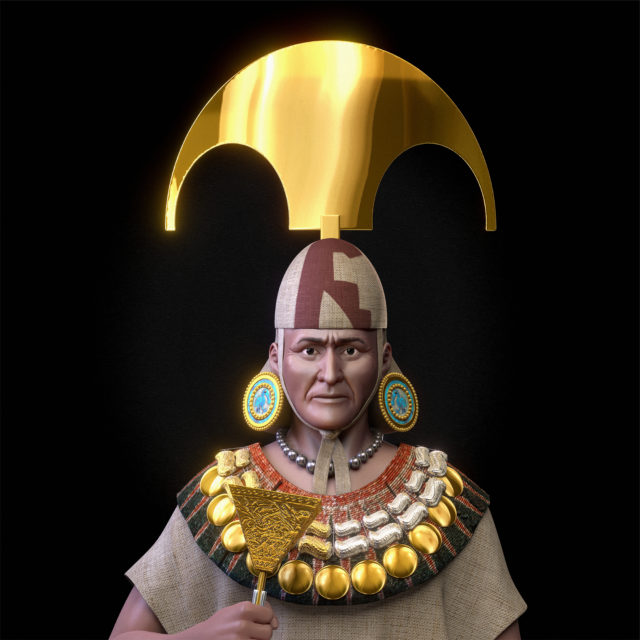
The Lord of Sipán was an ancient Mochica ruler who reigned in the third century. The Moche culture preceded the Inca culture by nearly one thousand years.
The Lord of Sipán was discovered in 1987 at Huaca Rajada near the town of Sipán, Peru. His tomb was found completely intact, untouched by any thieves. Fourteen additional tombs have since been discovered at the site.
Analysis of the Lord of Sipán’s skeleton shows that he was approximately five feet, four inches tall, and was between 35-45 years old when he died. Interestingly enough, it was discovered that the Lord of Sipán had a lack of wear to his teeth, which suggests he ate a special diet.
3. Xin Zhui
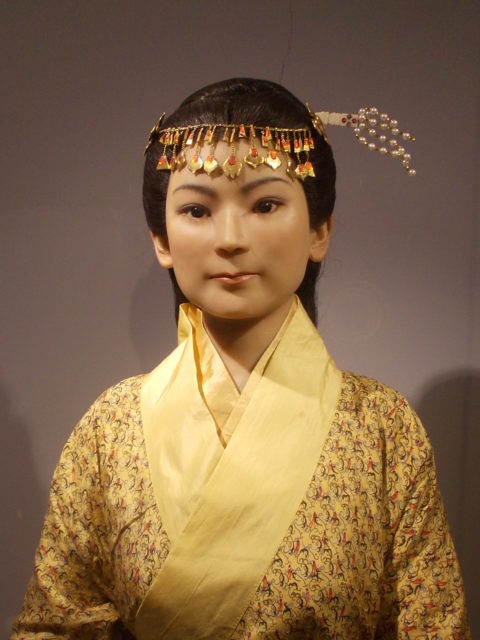
Xin Zhui, also known as Lady Dai, was a noblewoman during the Western Han Dynasty of Ancient China. She was married to Li Cang, Marquis of Dai and Chancellor of Changsha Kingdom. Because of her position as a noblewoman, she enjoyed an extravagant lifestyle.
The remarkably preserved mummy of Xin Zhui was first discovered in the 1970s. The body was preserved in an unknown fluid inside her coffin. Her skin, muscles, organs, and blood vessels were all intact when she was discovered. The state of her preservation allowed for doctors to perform an autopsy on Xin Zhui. Her body is an example of some of the best-preserved human remains ever discovered in China.
4. Ötzi the Iceman
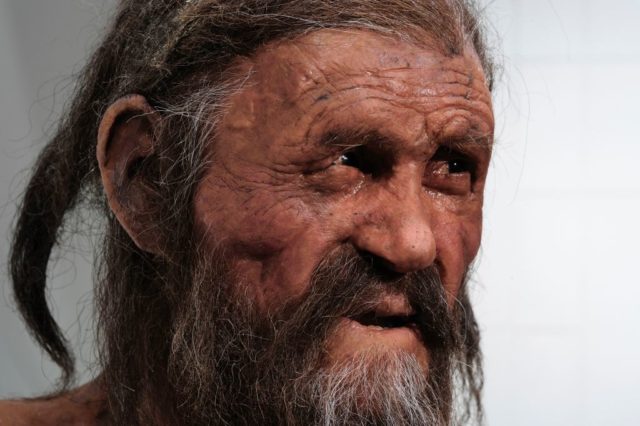
In September 1991, Europe’s oldest known natural human mummy was discovered in the Ötztal Alps. This mummy, nicknamed Ötzi the Iceman, lived sometime between 3350 and 3105 BCE.
Experts estimate that Ötzi was about five foot, three inches, and weighed about 110 lbs at the time of his death. CT scans revealed that Ötzi had food remnants in his stomach, giving researchers a good idea of what life was like in the Copper Age.
5. King Tutankhamen
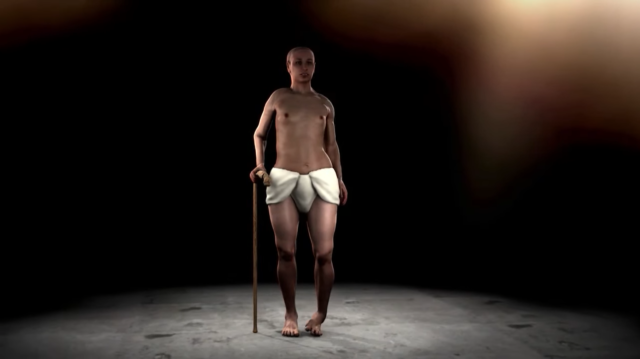
King Tutankhamen is arguably the best-known mummy in the entire world, and yet remarkably little is known about King Tut himself. King Tut’s famous burial mask shows an idealized version of the Egyptian pharaoh. The CGI reconstruction of King Tut is much different than his idealized burial mask.
King Tut has gone through many different facial reconstructions since his tomb was first found. Initially, CGI reconstructions showed King Tut as a relatively attractive young man. However, the most recent CGI reconstruction of Tut shows an entirely different story.
More from us: The Dagger Found In King Tut’s Tomb Is Literally Out Of This World
CT scans and genetic analysis shows that King Tut was born with many ailments, including a prominent overbite and misshapen features. He had malformed hips, suffered from epilepsy and malaria, and had to walk with a cane due to a club foot. He was probably physically unable to participate in any chariot racing, which discounts the theory that King Tut died during a chariot accident.
